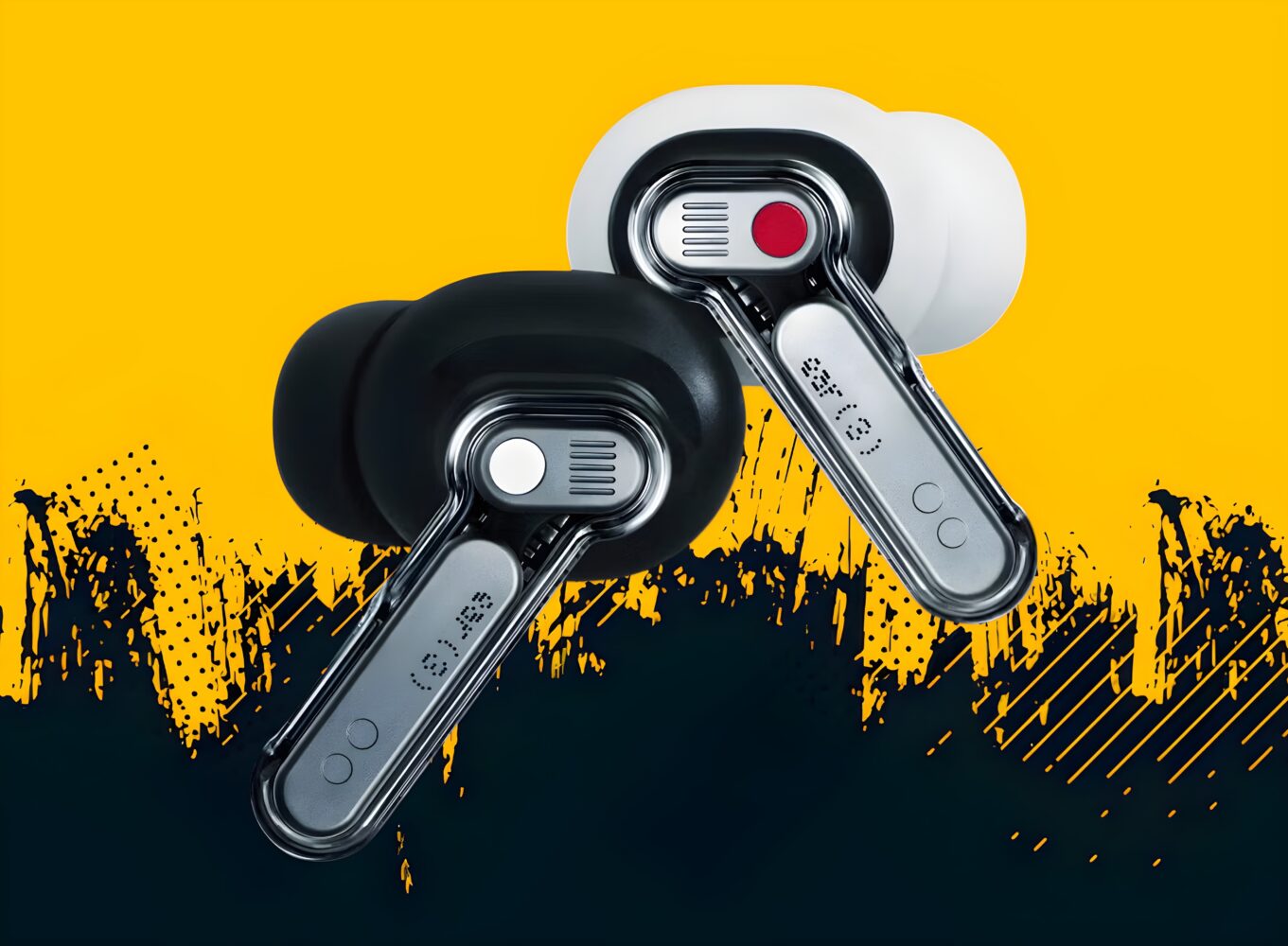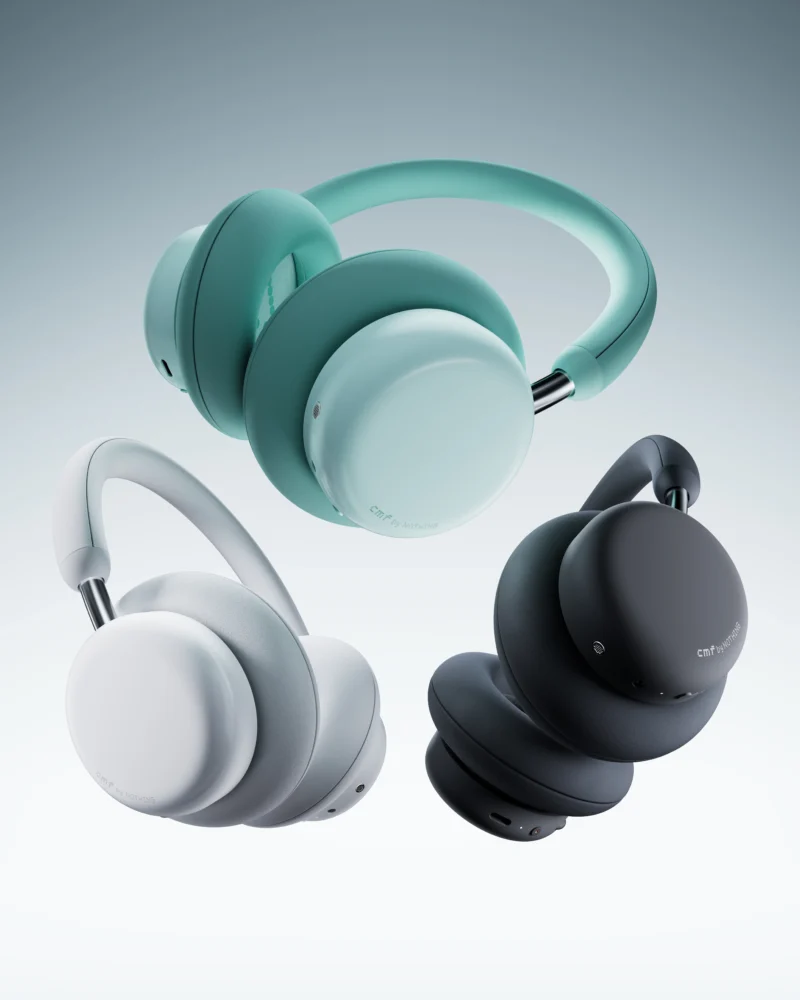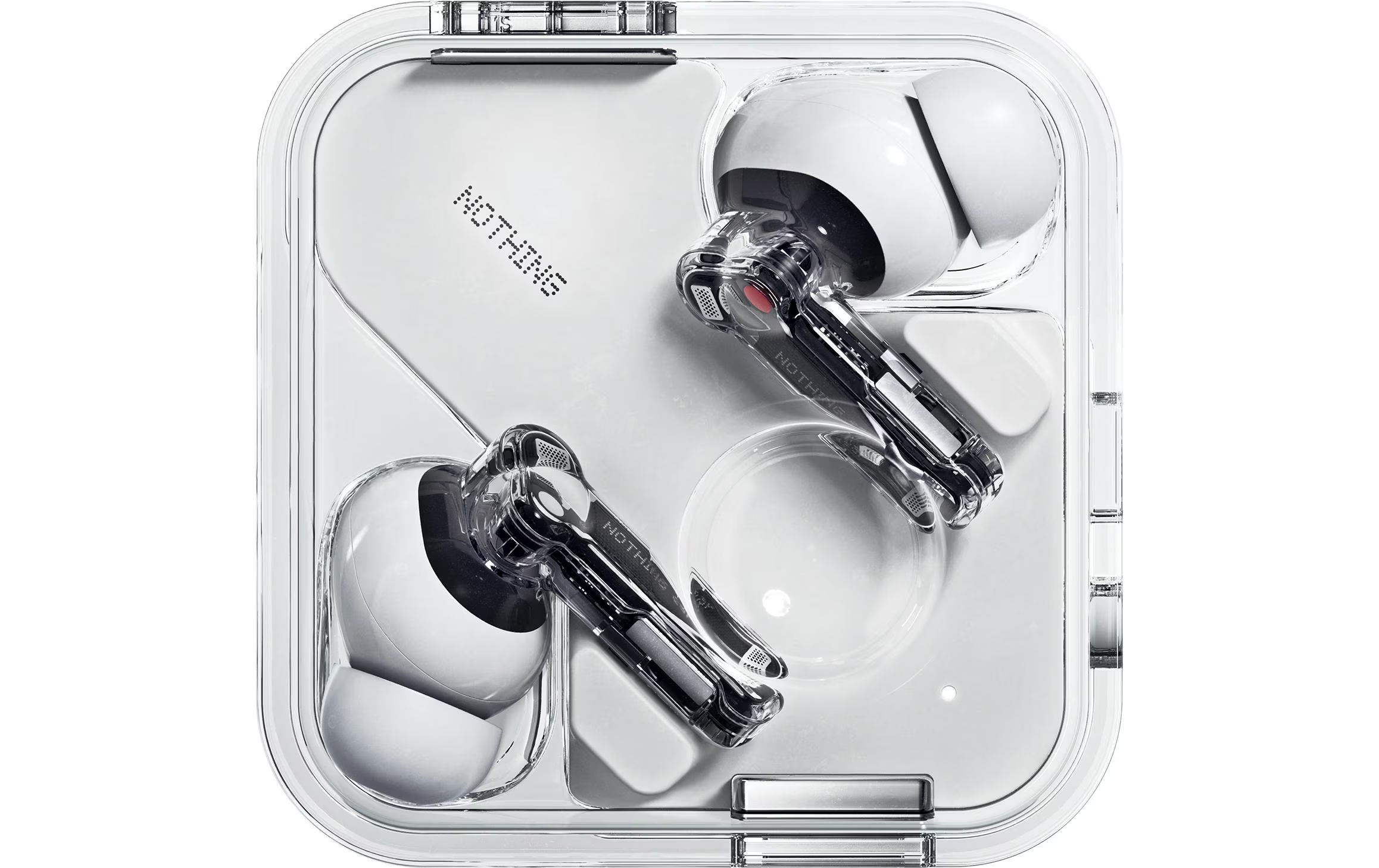TL;DR: Bold design, fantastic sound, comfortable fit, and a surprisingly useful Super Mic make Ear (3) one of the most enjoyable earbuds of 2025.
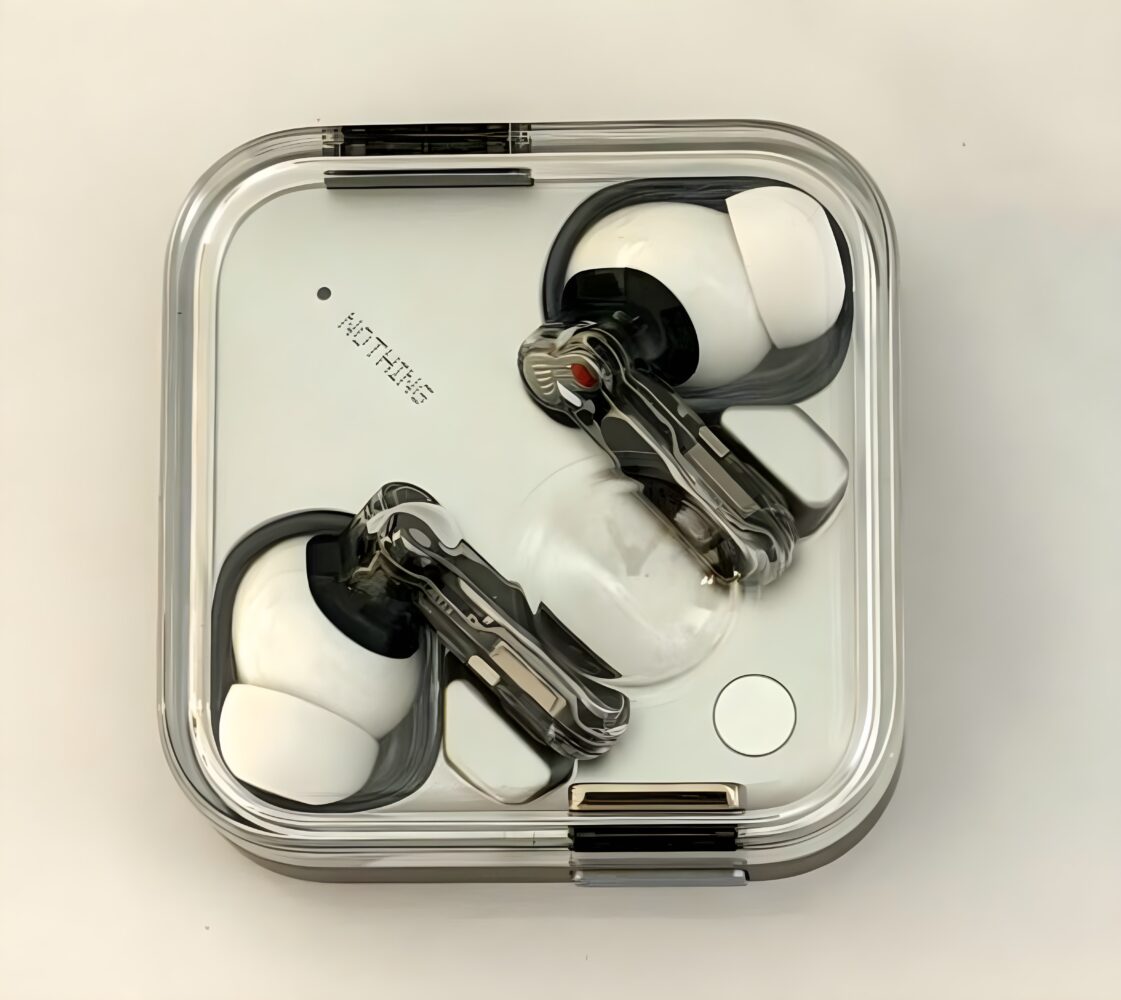
Invisible No More: Earbuds With Actual Personality
For the past decade, earbuds have been in a weird cultural limbo. On one hand, they’re indispensable — the gadget you use the most without even thinking about it. On the other, they’ve become so homogenous that you’d struggle to tell one brand from another if not for the logos. White stems. Black nubs. Plastic ovals. Everyone from Apple to Anker has tried to corner the market, but the result has been a sea of sameness.
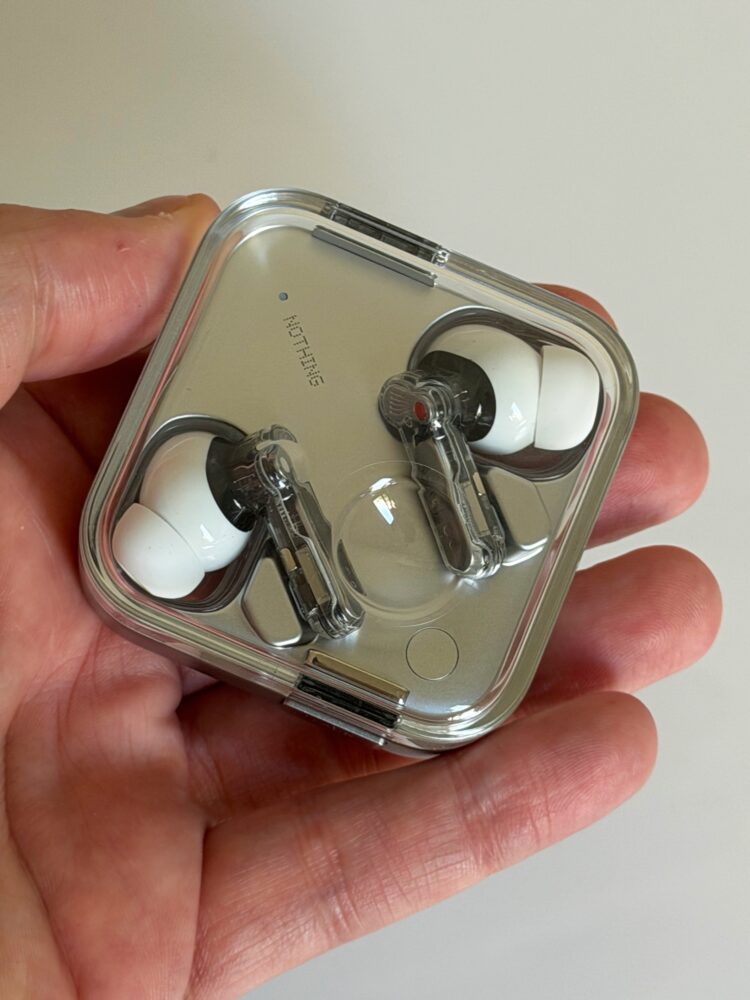
Earbuds are supposed to disappear into your life. That’s the design philosophy that’s dominated since the first AirPods hit in 2016. They were meant to be frictionless — slide them in, get sound, forget they exist. And for a lot of people, that’s enough. But for some of us — the gadget obsessives, the design nerds, the ones who grew up taking apart cassette players just to see how they worked — that minimalism always felt a little soulless.
Enter Nothing. From day one, they’ve insisted on transparency as more than just an aesthetic. It’s a statement. By showing the circuitry, by exposing the guts of the machine, they’ve said: tech should be something you feel and notice, not just use. Their first earbuds, Ear (1), were exciting but rough. Ear (2) smoothed out some of the edges. Ear (3), though? This is where the philosophy clicks.
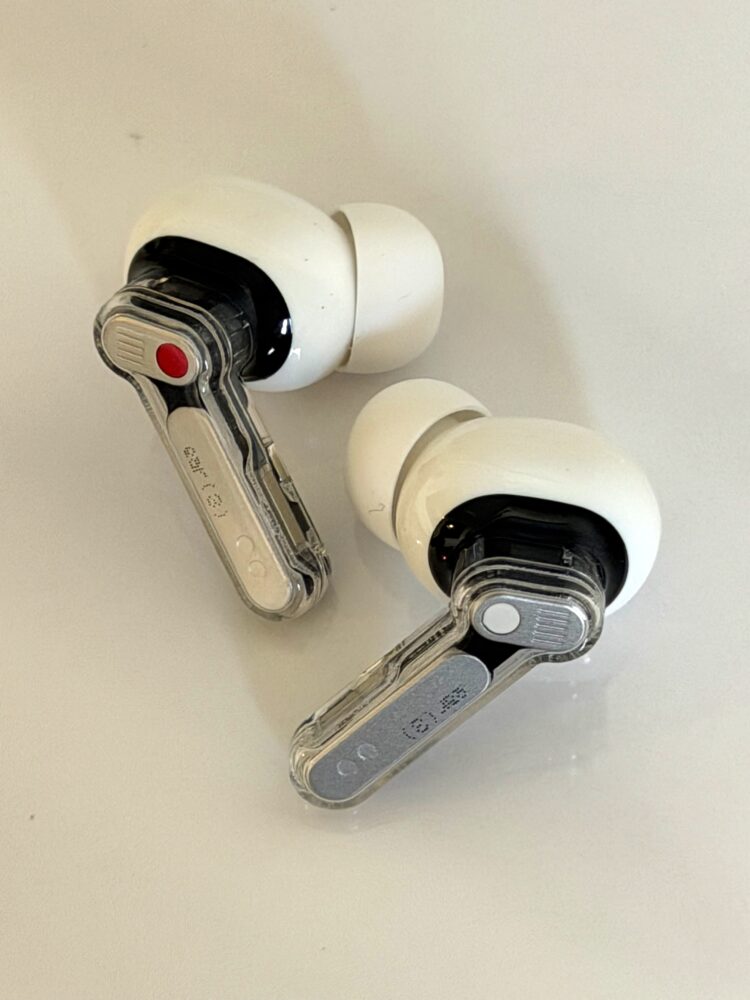
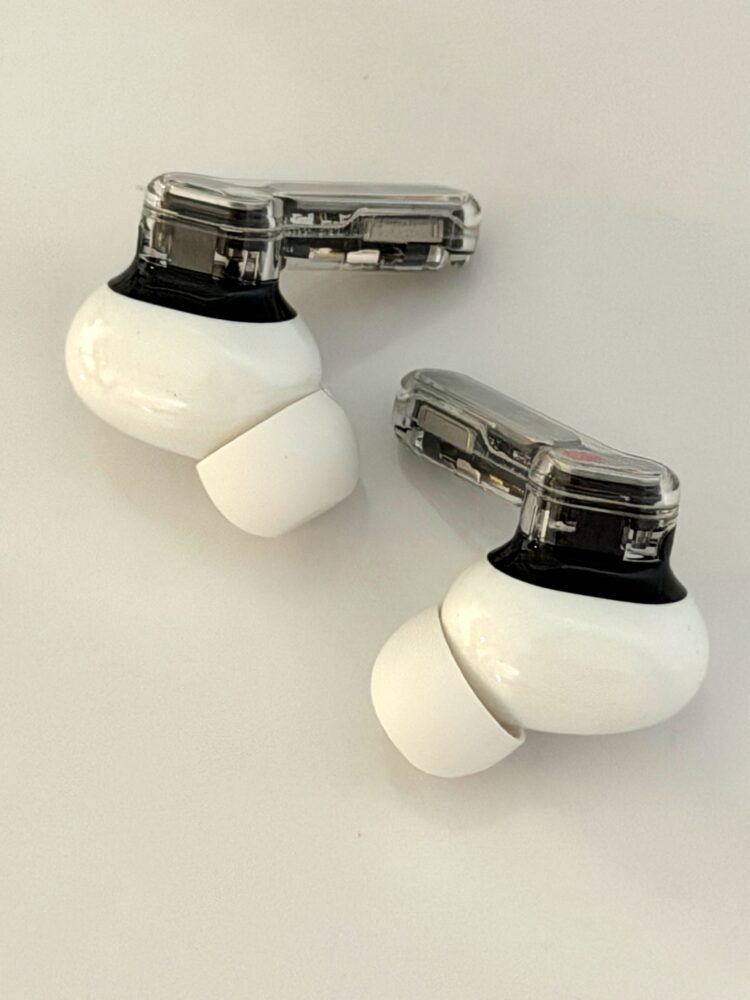
When I first pulled them out of the box, I didn’t feel like I was holding just another set of earbuds. I felt like I was holding a piece of industrial design that happened to also pump music into my head. That’s rare. And after weeks of living with them — through loud cafés, endless video calls, late-night playlists, and long walks where I just wanted to drown out the world — I came away convinced: these aren’t just earbuds. They’re a reminder that tech can still be fun.
Your Ears Called: They Want Nothing Else
Let’s start with the obvious: these things look different.
Most earbud cases are plastic clamshells designed to be forgotten at the bottom of your bag. The Nothing Ear (3) case is an object you actually want to touch. Made with recycled aluminum, smoothed through nearly 30 precision processes (because apparently 29 wouldn’t cut it), it feels solid, premium, almost jewel-like. But not in a flashy, “I spent too much money on this” way. In a “this was engineered with intent” way.
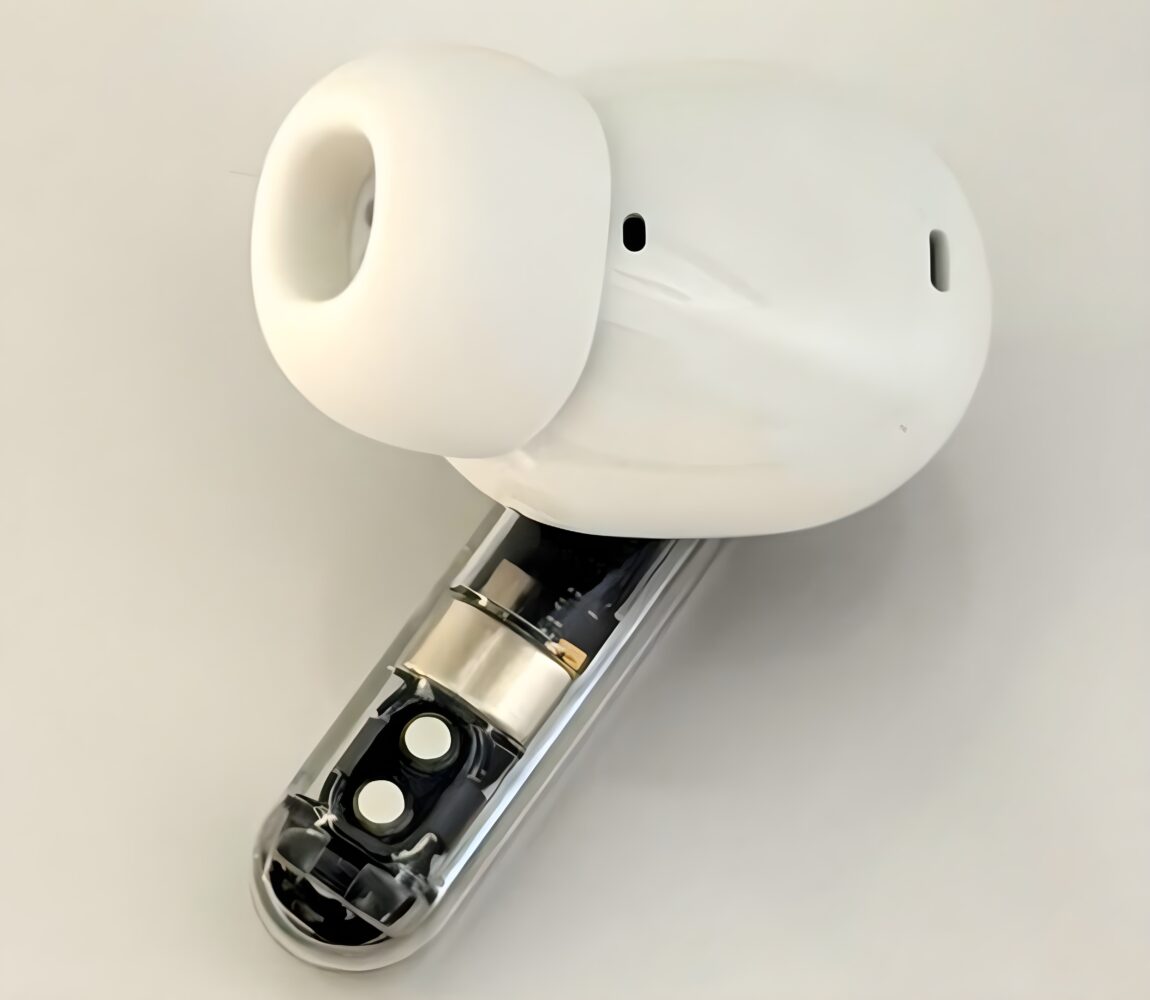
The transparent lid lets you peek at the buds inside, and the metal accents on the buds themselves catch the light just enough to make you notice them. It’s subtle but striking. Pull these out in a meeting or at a café, and people glance over. Not because you’re being obnoxious, but because they look different from the endless sea of white AirPods cases.
Comfort is where the design really shines. Ear (3) fits better than most earbuds I’ve tested — and I’ve tested more than I’d like to admit. Nothing claims they scanned hundreds of ear shapes to get it right, and while that’s the sort of marketing fluff I usually roll my eyes at, the end result backs it up. The angled stem, the venting system that reduces pressure, the lightweight build — all of it combines into a fit that I could wear for hours without soreness.
That’s a big deal. Most earbuds pass the “30-minute commute” test, but few survive the “three-hour work call followed by a podcast binge while making dinner” gauntlet. These did. They didn’t just sit in my ears — they disappeared into them, which is exactly what I want when I’m trying to focus on the sound, not the fit.

And yet, despite all that comfort, they never felt fragile. The recycled aluminum case doesn’t just feel good; it feels tough. I dropped it onto concrete once — the kind of heart-stopping moment where you expect a crack or dent — and it came out with only a faint scuff. Most plastic cases I’ve used would have looked chewed up by a dog after that.
Design isn’t just about looks; it’s about how something lives with you. And Ear (3) nails that balance. They look great, they feel comfortable, and they’re built to actually survive real life.
Talking Into a Case Shouldn’t Work… But It Does
Okay, let’s talk about the weirdest feature: Super Mic.
When I first read that the charging case doubles as a microphone, I laughed. Who on earth wants to talk into their earbuds case? It sounded like a gimmick. But then I tried it in the noisiest environments I could find, and I had to eat my skepticism.
Here’s how it works: two microphones are built into the case. When you press the Talk button and hold it near your mouth, beamforming tech zeroes in on your voice, cutting through background noise up to 95 decibels. That’s loud — think construction site, honking traffic, a packed bar with bad music.
The first time I used it was outside on a windy street. Normally, that’s a recipe for muffled chaos. But with Super Mic, my voice came through crisp and clear, like I was sitting in a quiet room. The person on the other end even asked what I was using, because it sounded so much better than usual. That’s not something that happens often.
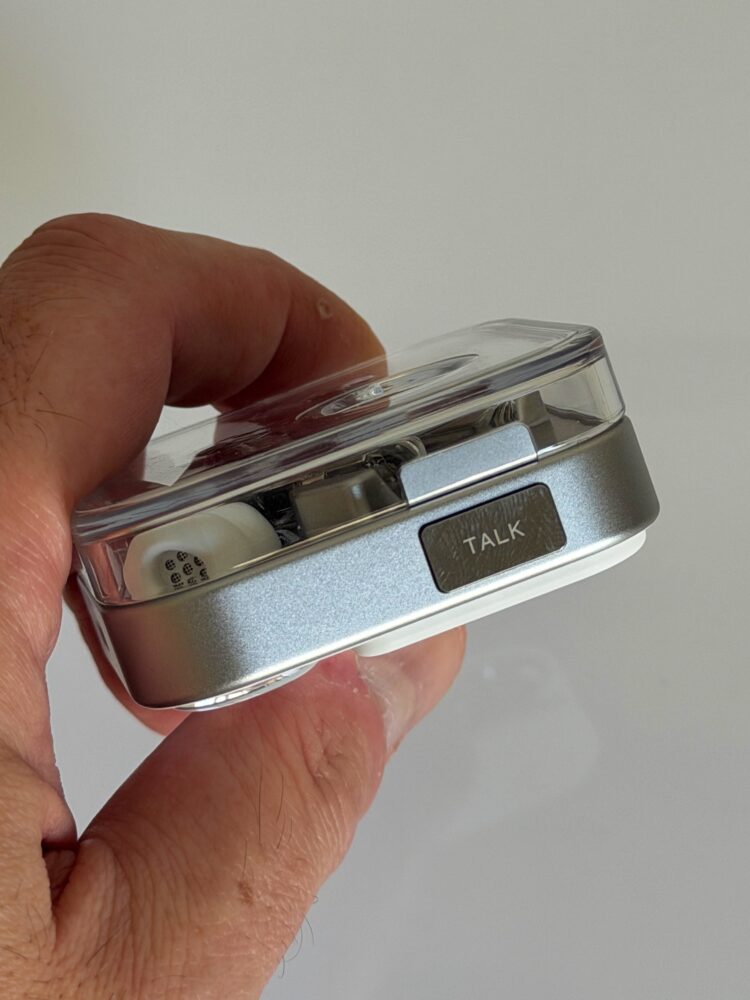
Yes, you look a little odd holding a case to your mouth. People glance, wondering if you’re about to beam yourself up to the Enterprise. But here’s the thing: you stop caring once you realize how much better your calls sound. For quick voice notes, it’s even better. I’ve used it to record reminders while walking, and they come out so clear that the automatic transcription barely makes mistakes.
Not every app supports it — in-app voice messages on WhatsApp or Snapchat still default to the phone mic. But for calls, voice memos, and video meetings, it’s a genuinely useful trick. One that changes how I think about earbuds as a tool, not just a sound machine.
It’s bold, it’s weird, and it works. That’s peak Nothing.
12mm Drivers of Pure Nerd Joy
Sound quality is where most earbuds live or die. And Ear (3) lives.
The 12mm drivers are a big step up from previous models. They use a PMI dome with a thick TPU surround, which basically means they handle both rigidity and flexibility better. Translation: bass feels powerful without being sloppy, and treble sparkles without piercing your ears.
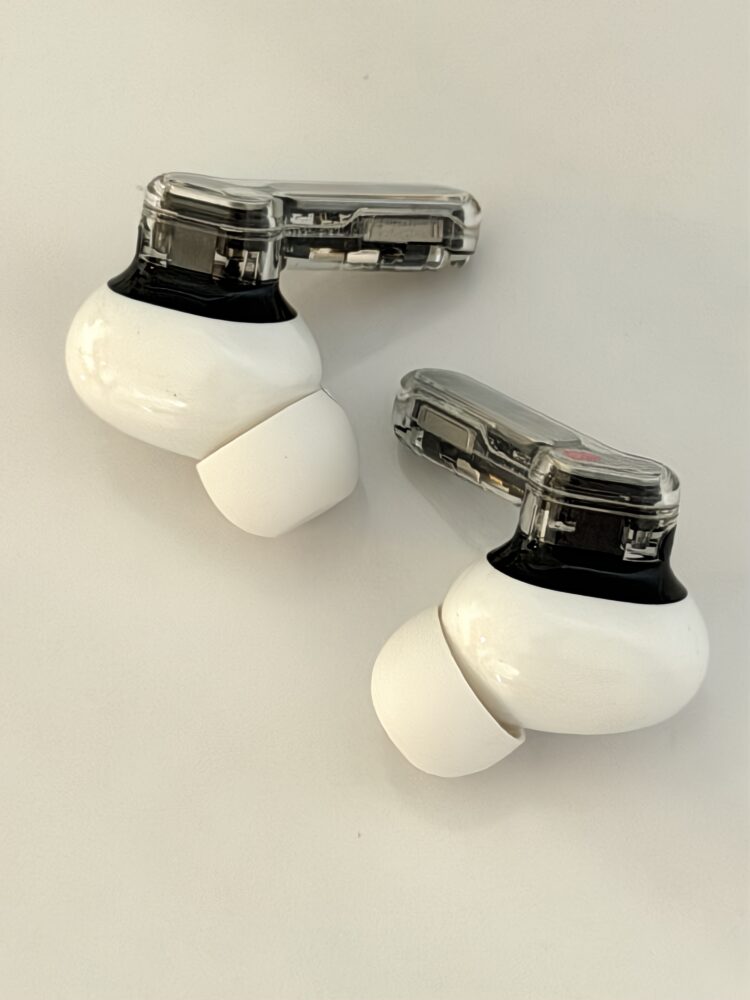
Listening to bass-heavy tracks, you get that chest-thumping depth, but it doesn’t overwhelm vocals. Switch to acoustic or classical, and the earbuds reveal surprising detail — you can hear the fingers sliding on guitar strings, the subtle breath before a note. It’s the kind of clarity you usually only get from wired headphones.
What impressed me most was the balance. So many consumer earbuds lean hard into bass because that’s what sells. But Nothing has resisted that temptation. The tuning here feels intentional. It’s designed to be versatile, to handle whatever you throw at it without skewing the sound one way or another.
Adaptive noise cancellation adds another layer. Updating every 600 milliseconds, it constantly adjusts to your surroundings. On a noisy street, it dulls the chaos without feeling claustrophobic. In a quiet room, it dials back so you don’t get that weird pressure in your ears. Transparency Mode is equally smooth, letting you hear the world naturally instead of blasting it at you artificially.
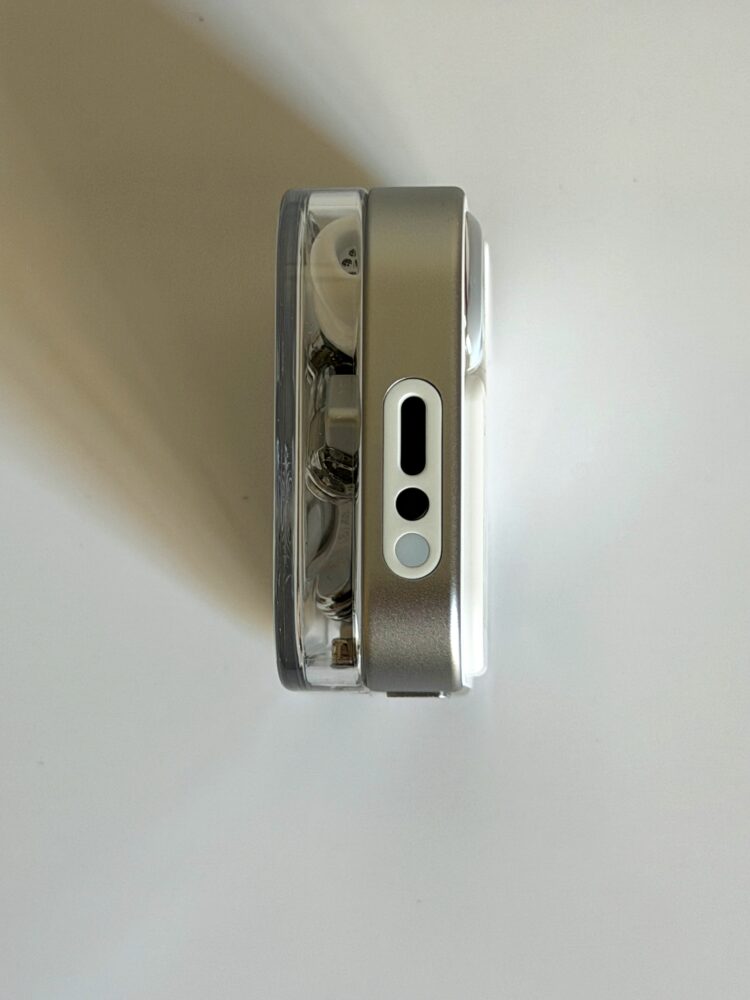
Then there are the extras. Static Spatial Audio widens the soundstage — great for movies, decent for games. It’s not as advanced as Apple’s dynamic head-tracking, but it’s still immersive. Dynamic Bass Enhancement, on the other hand, is genuinely useful. It boosts low-end when needed but never bloats the sound. I left it on all the time, and it just made music feel more alive.
No, they won’t replace high-end studio monitors. But as daily drivers, they’re among the best-tuned wireless earbuds I’ve heard in years.
ChatGPT in a Double Pinch — Now That’s Geek Fuel
This is where Ear (3) separates itself from being “just another pair of earbuds.”
The integration with Nothing’s software ecosystem adds real utility. Press and hold the Talk button on the case, and you can record voice notes that sync to Essential Space. Not only do they save instantly, but they also get transcribed. That means you can search them later like text. For anyone who jots down half-baked ideas all day (guilty), this is a killer feature.
The Nothing X app is polished and useful. It lets you fine-tune your EQ with an 8-band equalizer, run ear fit tests, toggle ANC modes, remap controls, and even share EQ profiles with friends via QR codes. That’s the kind of thoughtful detail I rarely see in companion apps, which too often feel like barebones afterthoughts.

If you pair Ear (3) with a Nothing Phone, you unlock even more. Double-pinch the earbuds to launch ChatGPT and start dictating prompts. Get curated news updates. Run a personal hearing test that adjusts the sound profile to your ears specifically. It’s not just about cramming in features — it’s about building an ecosystem that makes sense.
10 Hours Later, Still Vibin
Battery life is where many earbuds stumble. Ear (3) doesn’t.
With ANC on, you get about 5.5 hours per charge. With the case, that stretches to 22 hours. Turn ANC off, and you push toward 10 hours on the buds alone. Add in wireless charging and rapid USB-C charging (10 minutes equals 10 hours with the case), and you’re never really out of juice.
In real use, I rarely hit battery anxiety. Even on long days — podcasts, calls, music, repeat — I never once ran them down to zero. That’s huge, because nothing kills the magic of earbuds faster than that “low battery” chime in the middle of your favorite track.
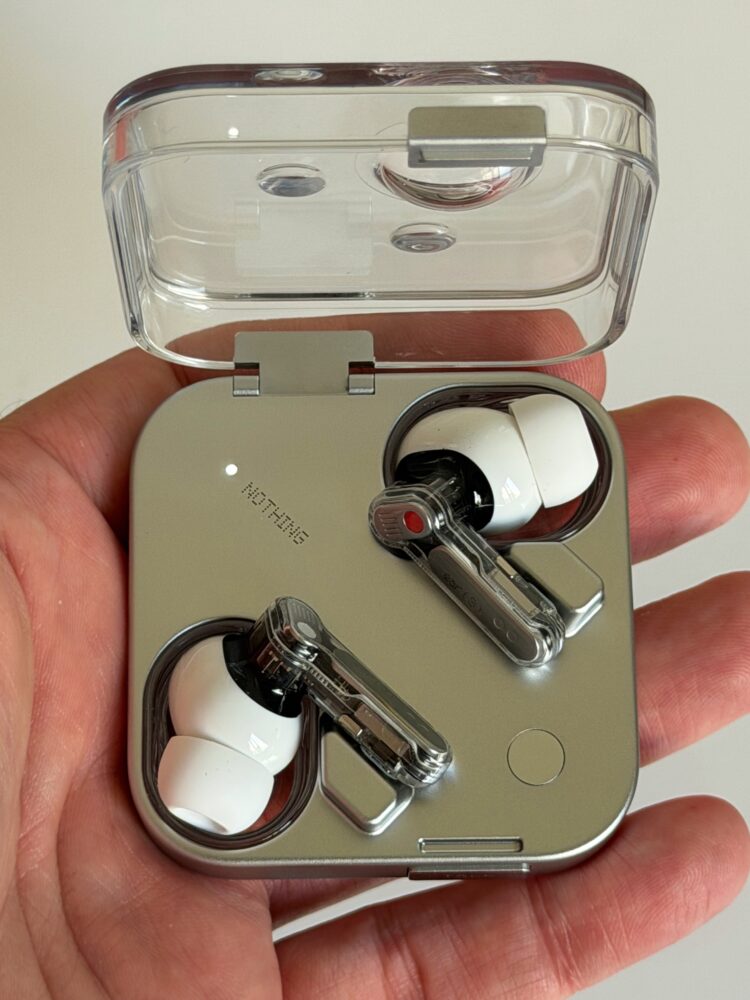
Connectivity is equally solid. Bluetooth 5.4 with LDAC keeps the audio stable and detailed. Latency drops under 120ms in gaming mode, which means even competitive games feel playable. Pairing is instant across devices, whether Android, iOS, or Windows.
Durability rounds it out. With IP54 resistance, they’re fine in rain, sweat, or dust. I’ve shoved them in pockets, dropped them onto hard floors, and stuffed them into overpacked bags, and they’ve held up without issue. The case, with its aluminum frame, feels tougher than most I’ve used.
These aren’t fragile gadgets. They’re built for daily grind.
The Software Side: Nothing X Marks the Spot
Hardware gets the headlines, but Nothing’s software is what makes the Ear (3) feel complete. The Nothing X app is fast, clean, and actually pleasant to use — not the clunky afterthought most companion apps tend to be. From detailed EQ tweaking and fit tests to one-tap ANC controls, it feels designed with the same intent as the buds themselves.
Even better, the app keeps improving. Nothing has been rolling out OTA updates that add features post-launch, meaning these earbuds don’t stagnate once you buy them. Pair them with a Nothing Phone and you get seamless extras: ChatGPT on a pinch, system-level integration for voice notes, and audio tuning that syncs across devices.
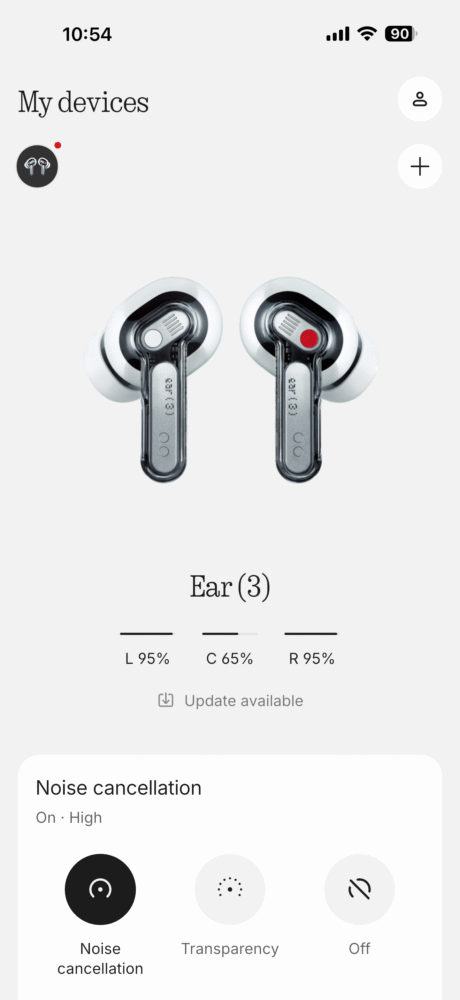
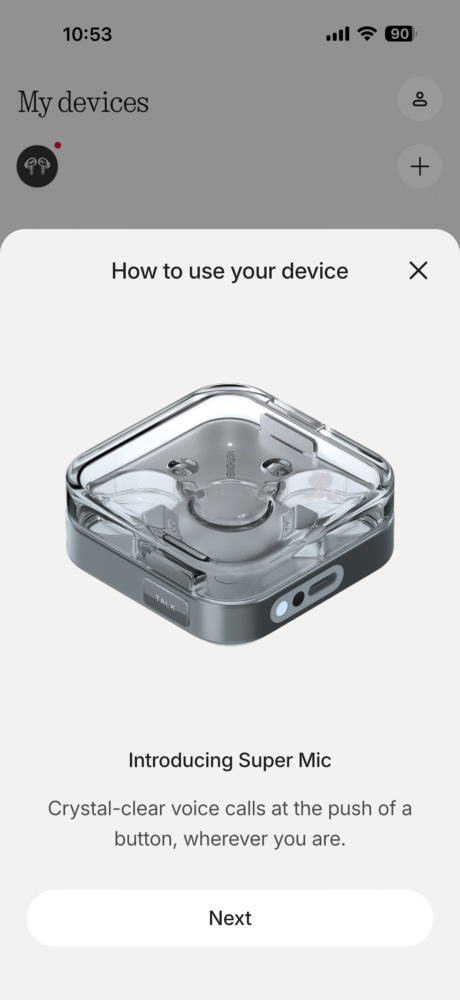

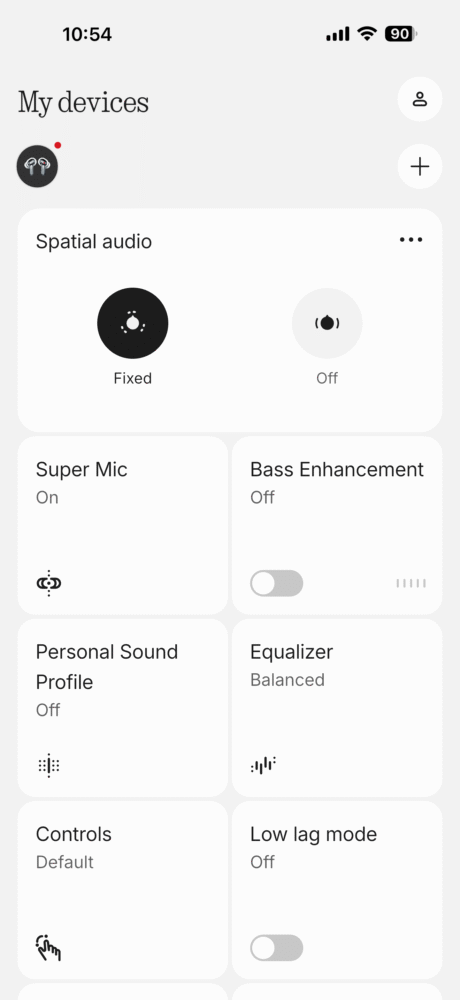
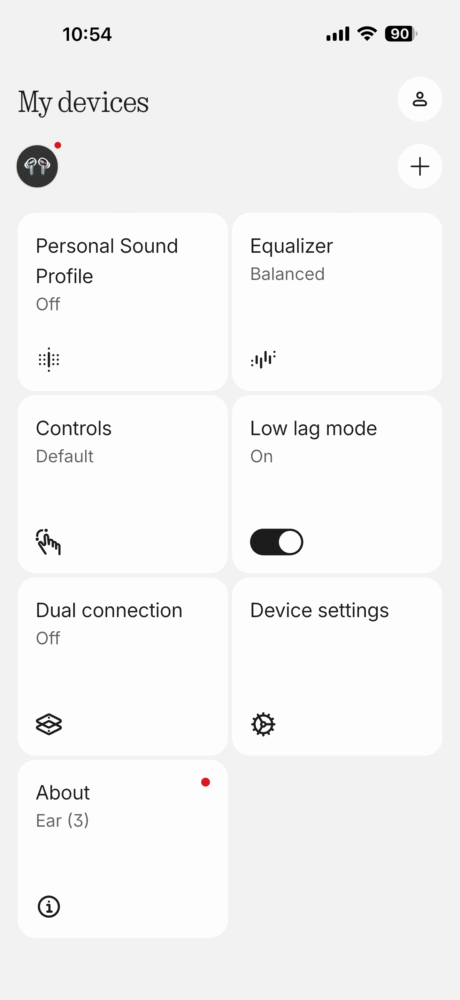
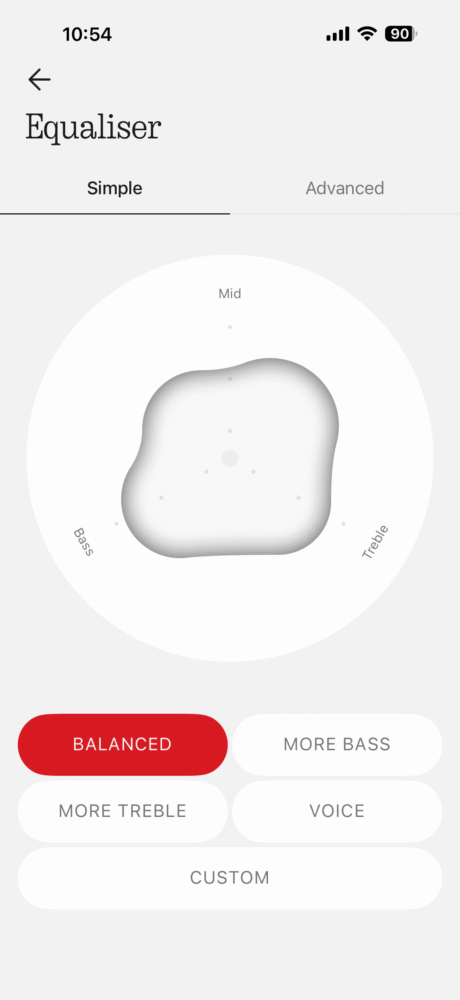
It’s a reminder that Nothing isn’t just selling hardware — it’s building an ecosystem. And unlike some rivals, it’s one that feels more playful than preachy.
The Intangible Stuff — Living With Them
Here’s the part that’s hardest to quantify: how they make you feel.
Most earbuds are invisible appliances. You don’t think about them until you lose them. Nothing Ear (3) feels different. They’re designed to be noticed, to spark curiosity, to make a statement. And that’s more powerful than it sounds.
Wearing them in public, I’ve had strangers ask what they are. That never happens with AirPods or Galaxy Buds. The transparent aesthetic is instantly recognizable. It turns something as mundane as earbuds into a small cultural signal — like wearing sneakers from a brand only a few people know but everyone who does respect.
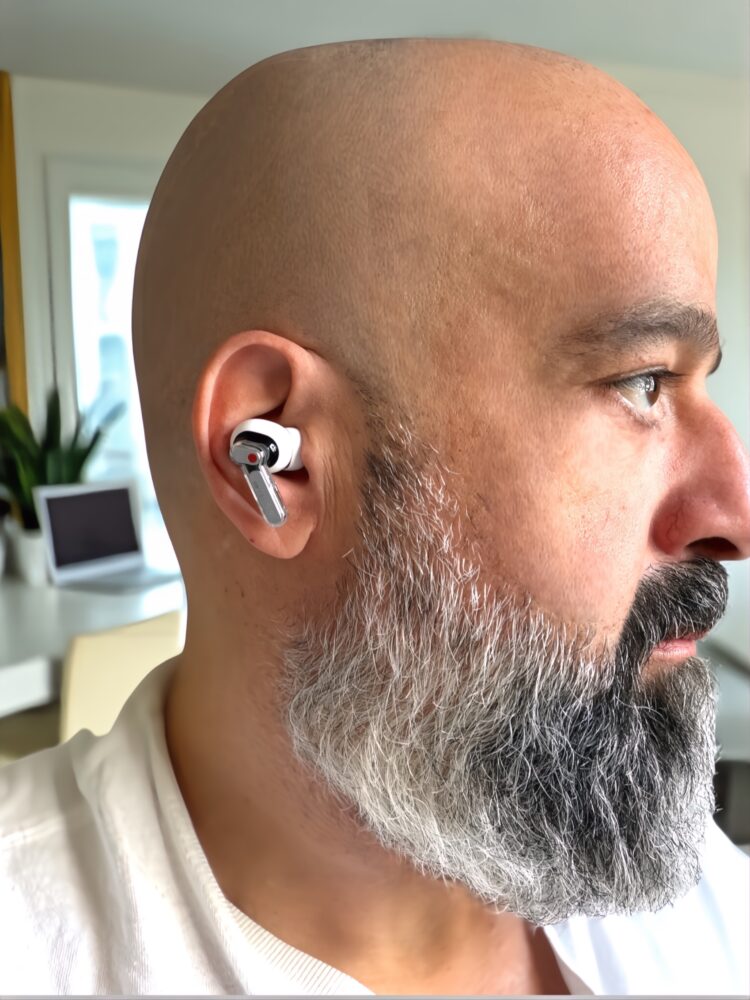
There’s also the sustainability angle. Recycled aluminum, plastic-free packaging, transparent reporting of carbon footprint. It’s not revolutionary, but it’s meaningful. In a market where most products feel disposable, it’s refreshing to see a brand actually try.
But more than all of that, Ear (3) is just fun. They make you enjoy using them. Not tolerate. Not settle. Enjoy. And that’s rare.
Tech That’s Fun, Not Just Functional
The Nothing Ear (3) isn’t flawless. Super Mic makes you look a little silly in public. Spatial Audio is neat but not life-changing. Audiophile purists will still scoff.
But they are bold. They are playful. And they are genuinely useful. They sound fantastic, fit beautifully, look unlike anything else, and bring features that actually solve problems instead of just filling spec sheets.
For once, I felt like I was using earbuds that weren’t just a tool but a little piece of culture. That’s not easy to achieve in 2025. And yet Nothing did it.
Final Verdict: Nothing to Hide, Everything to Love
Nothing Ear (3) is a rare blend of design, sound, and innovation. They’re different without being impractical, stylish without being gimmicky, and smart without being overcomplicated. They prove that even in a saturated market, earbuds can still feel exciting.

